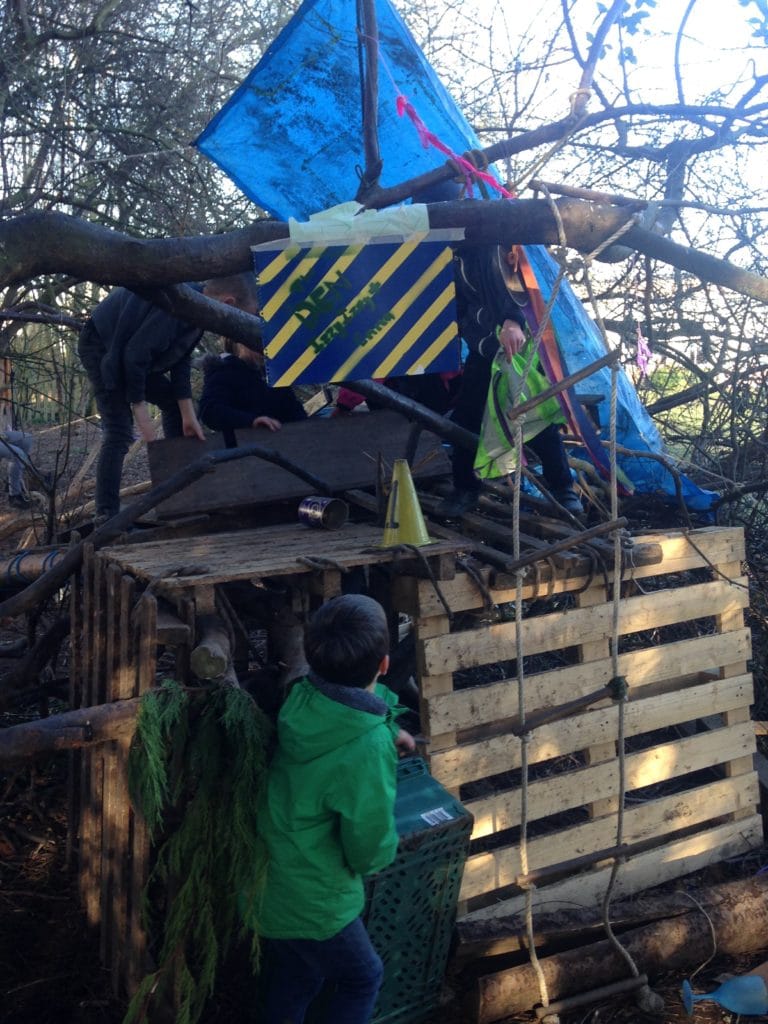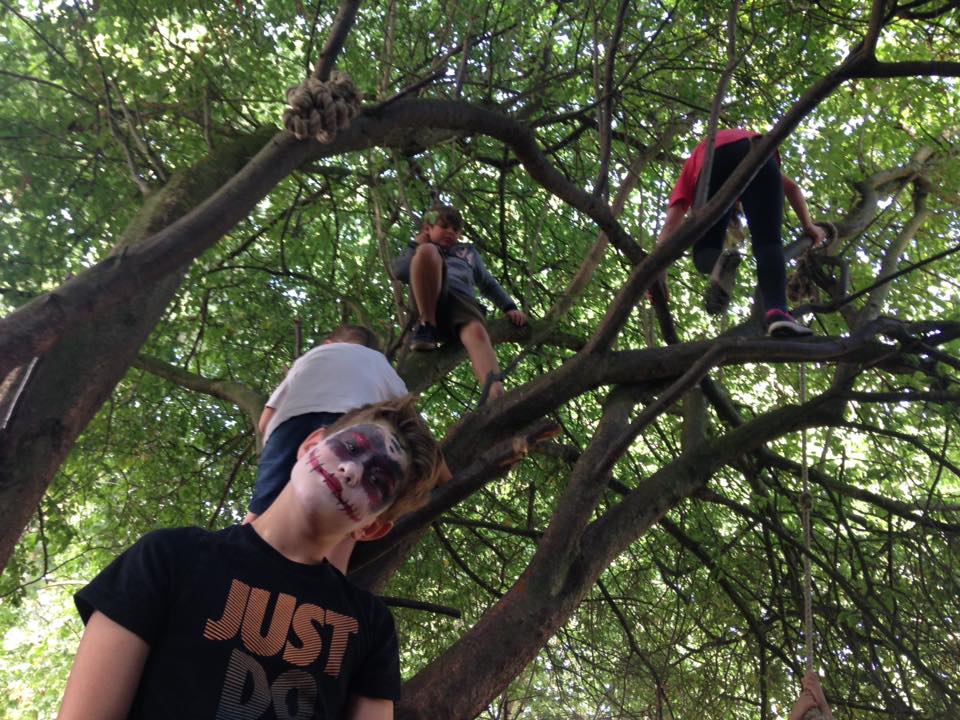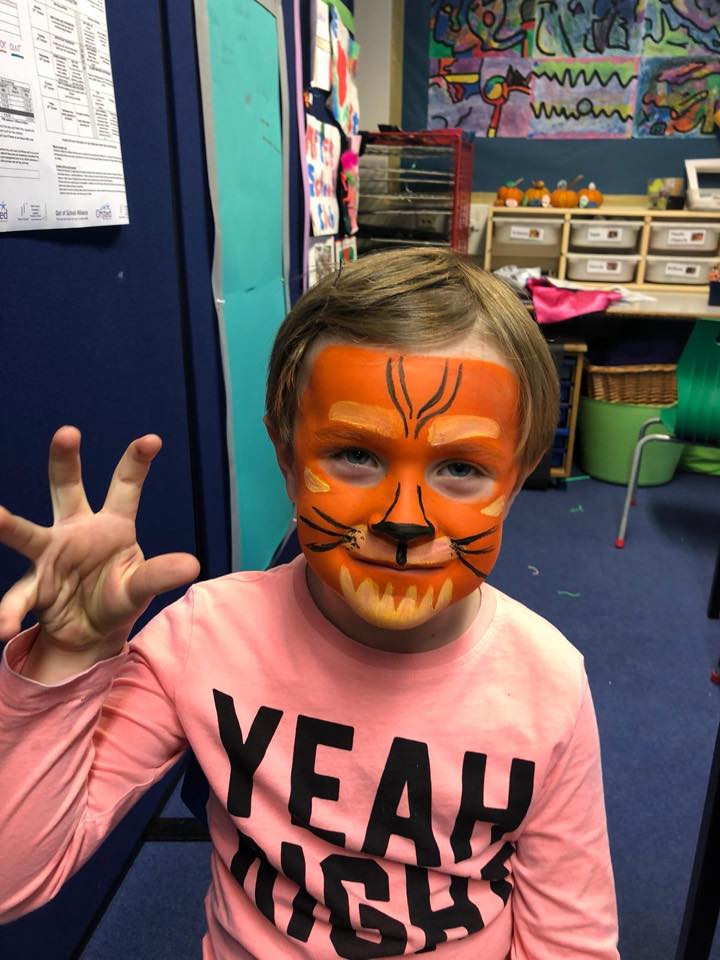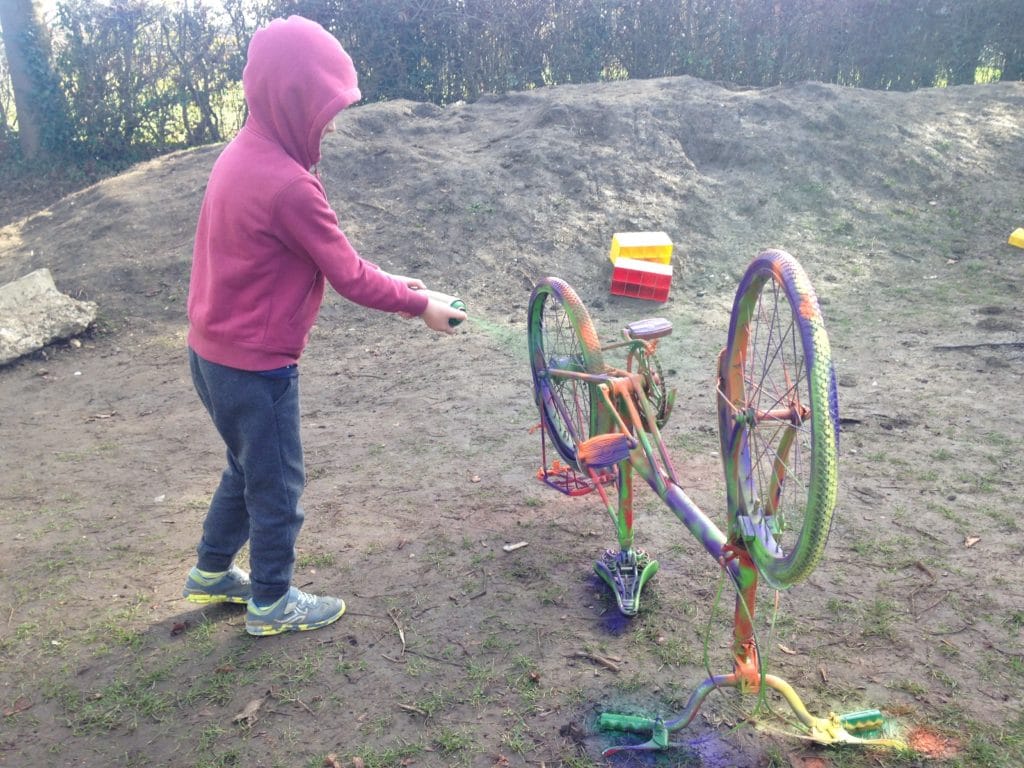Our Ethos.
“Smartkidz play and learn is a space for a child led community. We believe that the children are the masters of play and should be free to do this with little, if any, adult intervention. Play is always seen through the eyes of a child and adult intervention is decided by using a clear set of theories and techniques to keep play flow at its optimum”
The ethos within the club focuses on children being children, all decisions made are from a child’s point of view within the play community. The play community has been created by the expertise of the children and the playworkers to enhance the play experiences within the setting.
The outdoor area is created to resemble, as much as possible, the adventure playgrounds from the 1960’s.
“An adventure playground is a specific type of playground for children. Adventure playgrounds can take many forms, ranging from "natural playgrounds" to "junk playgrounds," and are typically defined by an ethos of unrestricted play, the presence of playworkers (or "wardens"), and the absence of adult-manufactured or rigid play-structures.” – Wikipedia definition of an adventure playground.
We have added ropes swings, climbing nets, fire pit area, loose parts (crates, tyres, wood, old bikes, drain pipes, pallets and ropes) allowing children to take part in a range of different play types (Bob Hughes theory) with experiences that the children may not have come across before, from climbing high, lighting fires, using tools, playing in a variety of weathers and playing in the dark.
All areas of the club are continuously evaluated and adapted depending on the needs of the children, what is or isn’t being used and what the children want or suggest, alternatively the areas of the setting may be adapted by the children themselves which we allow where possible (i.e keeping within the regulatory boundaries of the space that we are using) and adults will support the children where necessary.
When it come to the children using the space, staff are very much aware that children are allowed to express themselves freely with very little input from staff members. Children know staff members are available when they wish to use them, however this is on the child’s terms and the children will initiate any play with staff.
We use a range of theories in order to make sure that the children are getting the most out of play and that we are maximizing the space sufficiently. These include affordances; what uses you can get out of an item or thing other then its actual use (this could be good or bad, keep the good, remove the bad where possible), Play value; how many different types of play can you get from one item (low, medium or high), Neophilia; creating interest and excitement through changes or adaptions and Loose parts; giving children “stuff” in order for them to use their imagination.
Staff will only intervene if they feel that they need to from a safety perspective, an operational perspective (i.e. snack, lunch or parent pick up) or to give a child help or support, physically or emotionally, where needed.
A selection of techniques are used in order for a playworker to decide if intervention is needed, however the majority of these techniques are done without the child noticing, some of our techniques include: proximity; a playworker moving closer to where a potential need to intervene may be, Latent listening; listening to the play without showing you are doing so, asking questions; getting the children to think about what is happening instead of telling them the best option, risk benefit; does the benefits of the activity outweigh the risks, peripheral vision; keeping an eye on what is happening without showing you are watching and redirection; telling the children what is happening needs to stop.
Observations and uses of these theories and techniques are being completed at all times within our setting in a range of different ways, this includes allowing time for children to sort out disputes between themselves, assessing risk of and event or activity themselves or giving them space to enjoy alone time/quiet time. By doing this we are allowing children to develop independence, resilience and above all else allowing children to feel a sense of freedom and enjoy themselves with no pressures.




